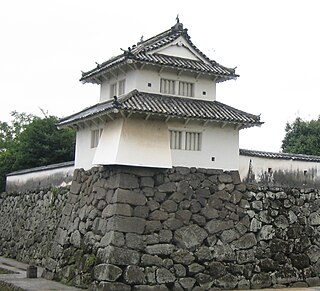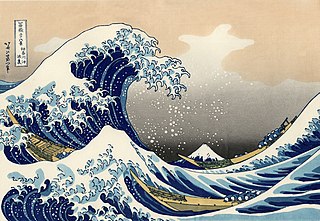after 32 moves
| 9 | 8 | 7 | 6 | 5 | 4 | 3 | 2 | 1 | |
| 香 | 桂 | 桂 | 香 | 1 | |||||
| 飛 | 銀 | 金 | 王 | 2 | |||||
| 歩 | 歩 | 金 | 銀 | 歩 | 歩 | 3 | |||
| 歩 | 歩 | 角 | 歩 | 歩 | 歩 | 4 | |||
| 5 | |||||||||
| 歩 | 歩 | 歩 | 歩 | 6 | |||||
| 歩 | 歩 | 銀 | 金 | 歩 | 銀 | 歩 | 歩 | 7 | |
| 玉 | 金 | 角 | 飛 | 8 | |||||
| 香 | 桂 | 桂 | 香 | 9 |
This article may be expanded with text translated from the corresponding article in Japanese. (December 2016)Click [show] for important translation instructions.
|
Yagura or Fortress (矢倉 or 櫓 yagura) is both a Static Rook opening (矢倉戦法 yagura senpō) and a castle in shogi.
A shogi opening is the sequence of initial moves of a shogi game before the middle game. The more general Japanese term for the beginning of the game is 序盤 joban.
In shogi, castles are strong defensive configurations of pieces that protect the king (玉).
Contents
- Double Yagura
- Historical Yagura
- vs Right Fourth File Rook
- vs Snowroof
- vs White's Left Mino
- See also
- References
- Bibliography
- External links
It is usually played in a Double Static Rook opening, which is often a Double Yagura opening. However, it may also occur in different Double Static Rook openings such as Yagura vs Right Fourth File Rook.
The Yagura castle (矢倉囲い yagura gakoi), which is the defining characteristic of Yagura games, is considered by many to be one of the strongest defensive positions in Double Static Rook games. [1]

Yagura or Fortress is a castle used in shogi. It is considered by many to be the strongest defensive position in shogi in Double Static Rook games.
The term yagura is the Japanese word for a tower-like structure in traditional Japanese castles.

Yagura is the Japanese word for "tower", "turret", "keep", or "scaffold". The word is most often seen in reference to structures in Japanese castle compounds but can be used in other situations as well. The bandstand tower erected for Bon Festival is often called a yagura, as are similar structures used in other festivals. Yagura-daiko is a traditional part of professional sumo competitions.
